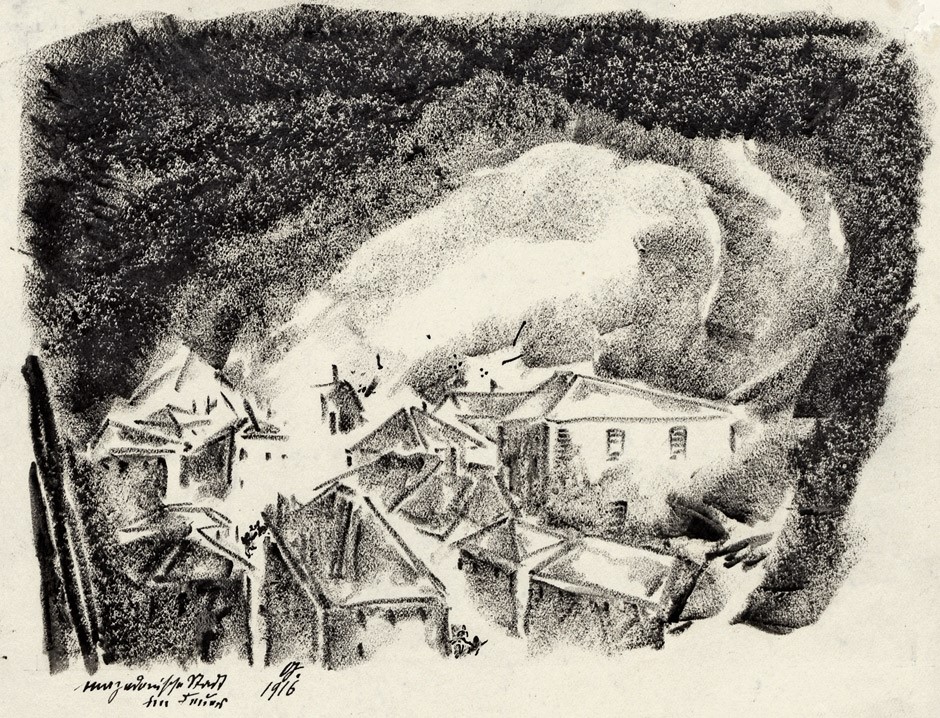Willi Geiger (August 17, 1878 in Landshut – February 11, 1971 in Munich) was a German painter.
The son of a teacher, Willi Geiger was born 1878 in Landshut. From 1898-99 he attended the Munich Arts and Crafts School, and later the Technical University, where he passed the state examination to teach drawing. Willi Geiger studied from 1903 with Franz von Stuck at the Munich Academy, including together with Hans Purrmann. He was awarded the National prize and the Schack scholarship for some of his early work and he traveled to Spain, Italy, and North Africa. Willi Geiger was awarded the 1910 Villa Romana prize for his success as a graphic designer. He worked with Richard Dehmel, Frank Wedekind, and others.
Geiger lived until 1914 in Berlin and presented in the gallery. Then he went back to Munich and became a professor at the School of Decorative Arts. He copied paintings by the great Spanish painters Goya, Velasquez, and El Greco and turned to portrait painting. Geiger’s study of El Greco’s work is reflected in his portrait of the composer Hans Pfitzner.
After the seizure of power by the Nazis he was dismissed as a lecturer at the Leipzig Academy. He was politically opposed to the Nazi party, and his artworks were deemed “degenerate” by the authorities. On retirement he continued to paint, and after the war, in 1946 taught again at the College of Fine Arts in Munich. In 1951 Willi Geiger received the Culture Prize of the City of Munich where he lived until his death in 1971.
Willi Geiger’s son, Rupprecht Geiger, also became a well-known artist and professor.
Willi Geiger visited Macedonia during the war years in 1916 where he served a German army as balloon observer. He made number of drawings which were published in a very rare book “Geiger Willi, 10 Lithographien von Ostlichten Kriegsschhauplatz” published where Macedonian works were entitled: “Die Front am Cernerbogen, Nowak Mazedonien Nov 1916, “Verlogung”, “Soldatenschuhe”, “Verwundeter”, “Nachtlichter ritt”, “Pferd ohne Reiter” , “Mazedonische Stadt in Feuer”, “Ein toter Soldat”, “Im Quartiert”, “Die letzten”. The book was sold by auction house Bassenge, Berlin in October 2012
